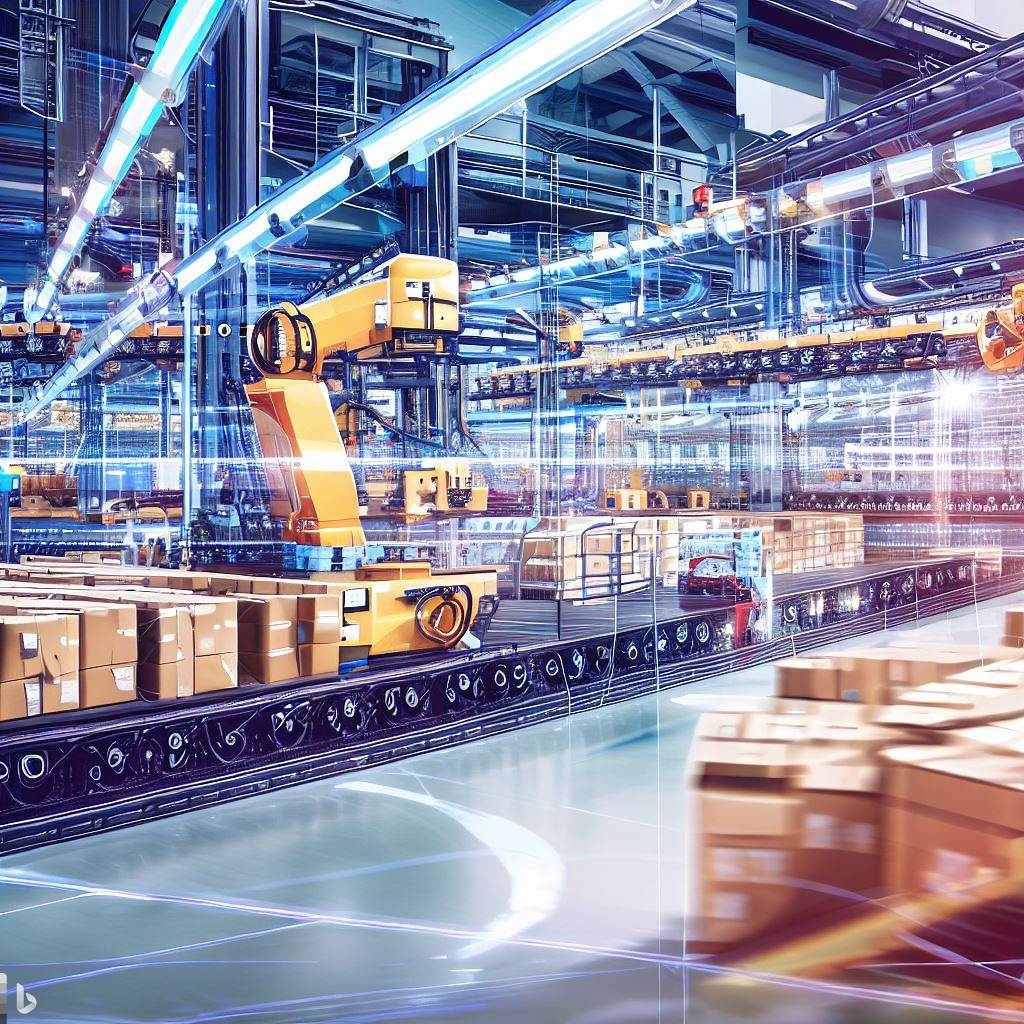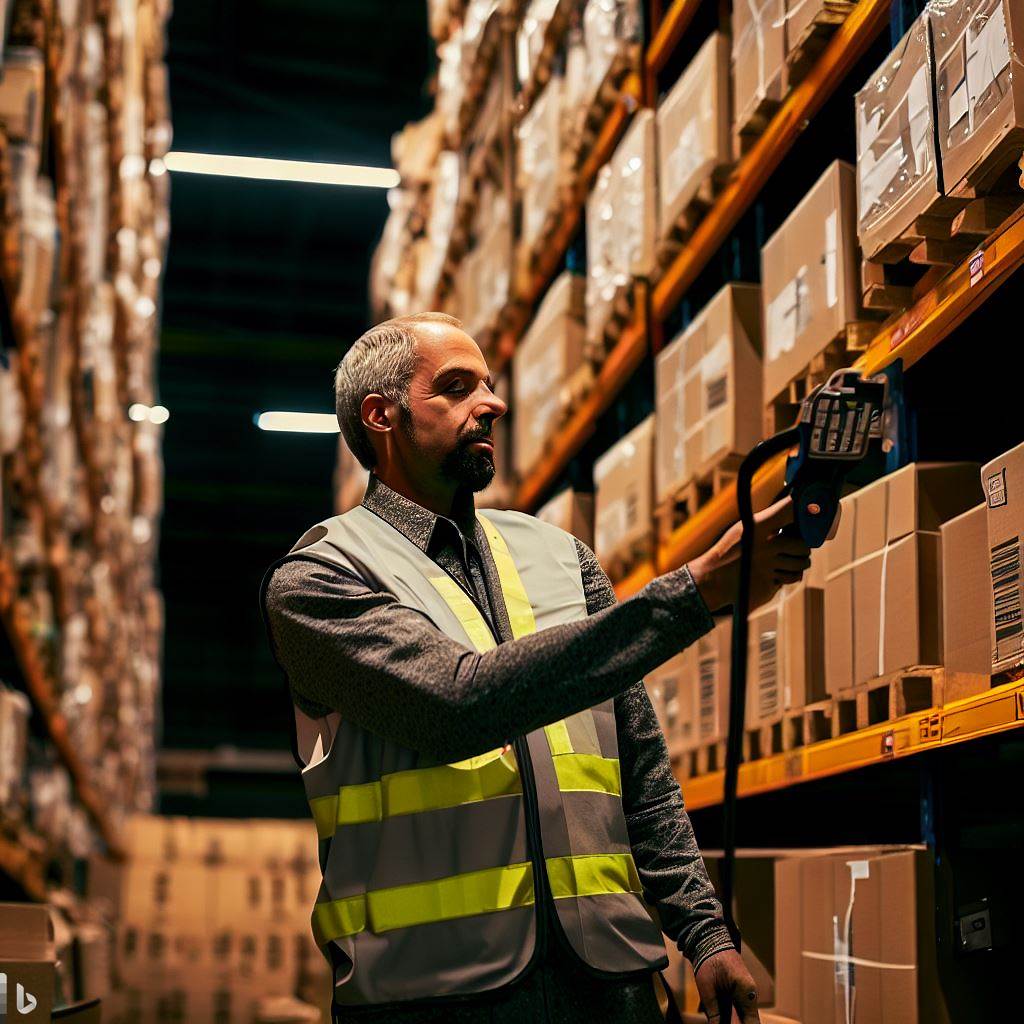Introduction
Continuous compliance with customs regulations can be a formidable challenge for businesses involved in international trade. The dynamic and ever-changing regulatory landscape, diverse requirements across different countries, and the substantial volume of paperwork contribute to the complexity of customs compliance. Striving for *continuous compliance* is essential to ensure adherence to these rules and standards, mitigating the risk of severe consequences, such as substantial fines, shipment delays, and damage to the company’s reputation. Businesses must adopt proactive measures and leverage technology to navigate the intricacies of customs compliance consistently and effectively.
Common compliance issues faced in customs can range from incorrect documentation and undervalued goods to misclassification and inaccurate package measurements. These challenges can be complex and time-consuming to address, often requiring businesses to invest substantial resources to ensure adherence to customs regulations.
One innovative solution that has emerged to tackle compliance issues is the use of volumetric scanners/dimensioners. These advanced dimensioning solutions provide accurate and efficient parcel measurements of goods, helping businesses streamline their customs compliance processes.
In this article, we will delve into the complexities of customs compliance, explore the role of dimensioning in ensuring compliance, introduce volumetric scanners/dimensioners as a dimensioning solution, discuss their benefits, guide you in choosing the right dimensioner, and provide insights on implementation and training.
So, let’s dive in and discover how volumetric scanners can revolutionize customs compliance.
The Challenge of Compliance in Customs:
Real-life examples of businesses facing compliance issues and penalties serve as cautionary tales. Take, for instance, Company X, a global retailer. Due to improper documentation, they mistakenly shipped a consignment of goods without obtaining the necessary permits and certificates. As a result, the goods were held at the border, causing substantial delays and financial losses. Company X was also subject to penalties and had to invest additional resources to rectify the compliance issue.
This example highlights the critical importance of complying with customs regulations. The intricacies involved in meeting compliance standards necessitate efficient and accurate processes to avoid such pitfalls. This is where an accurate dimensioning system comes into play.
The Role of Dimensioning in Customs Compliance
Accurate dimensioning plays a pivotal role in customs compliance. When businesses engage in international trade, providing precise parcel measurements of shipments is crucial. These measurements help customs authorities determine the appropriate duty and tax rates and ensure compliance with safety and security regulations.
However, relying on manual dimensioning methods, such as measuring tapes or rulers, introduces the risk of dimensioning errors and inconsistencies.
Irregularly shaped objects or large volumes of goods can pose challenges for manual dimensioning, leading to inaccuracies. Such discrepancies can have significant financial implications, impacting the profitability of businesses and hindering their ability to remain competitive in the global market. Moreover, inaccurate parcel measurements can result in logistical difficulties.
Overestimating package dimensions may lead to unnecessary costs, such as higher shipping fees, while underestimating parcel dimensions can result in insufficient space allocation, risking damage to goods or the need for repackaging.
Furthermore, incorrect package dimensions can disrupt supply chain operations, causing delays and ultimately leading to customer dissatisfaction. To address these challenges and ensure reliable package measurements for customs compliance, businesses are increasingly turning to volumetric scanners. These advanced dimensioning systems provide precise and reliable package measurements, offering a solution to the limitations of manual dimensioning methods.
By implementing a volumetric scanner, businesses can overcome the pitfalls associated with inaccurate parcel measurements. They can achieve greater accuracy, streamline customs compliance processes, and mitigate financial and logistical risks. The adoption of a volumetric scanner allows for smoother supply chain operations, and faster customs clearance, and ultimately enhances customer satisfaction.
In a nutshell, accurate dimensioning is essential for customs compliance, as it ensures the correct assessment of duties and taxes while adhering to safety regulations. Manual dimensioning methods are prone to errors and can lead to financial and logistical challenges.
The adoption of volumetric scanners offers businesses the opportunity to achieve precise parcel measurements, streamline operations, and improve overall customs compliance processes.

Introduction to volumetric scanner:
Volumetric scanners are advanced technological dimensioning solutions designed to accurately measure the dimensions of objects of any shape and size. These innovative dimensioning solutions utilize a combination of sensors, lasers, and imaging technology to capture precise parcel measurements swiftly and efficiently. By automating the dimensioning process, businesses can streamline their customs compliance procedures, reduce errors, and enhance overall operational efficiency.
There are different types of volumetric scanners /dimensioners available in the market, each catering to specific business needs.
Let’s explore some of the commonly used types:
Static Dimensioners:
- These dimensioners are ideal for measuring stationary objects or palletized shipments. They employ lasers or cameras to capture multiple dimensions simultaneously, providing accurate package measurements within seconds.
- Static dimensioners are widely used in warehouses, distribution centers, and manufacturing facilities.
In-Motion Dimensioners:
- As the name suggests, in-motion dimensioners are designed to measure objects or packages as they move along a conveyor belt. These dimensioning solutions utilize advanced sensors and algorithms to capture parcel measurements in real-time, enabling businesses to maintain high throughput rates while ensuring compliance.
- In-motion dimensioners are particularly beneficial for e-commerce fulfillment centers and logistics hubs.
Mobile Dimensioners:
- Mobile dimensioners offer the flexibility of on-the-go package measurements. They are portable dimensioning solutions that can be easily carried out and used in various locations, such as loading docks or field operations.
- These dimensioners often feature wireless connectivity options, allowing seamless integration with existing systems and data management platforms.
Benefits of Using volumetric scanners for Customs Compliance
The volumetric scanner offers a range of significant benefits for businesses seeking to enhance their customs compliance processes.
Let’s delve into the advantages that these advanced dimensioning solution brings:
Accuracy:
- Exceptional precision through cutting-edge technology.
- Ensures declared dimensions align with actual dimensions.
- Reduces the risk of non-compliance and penalties.
Speed and Efficiency:
- Rapid and efficient parcel measurements save valuable time.
- Enables handling of larger shipment volumes and meeting tight deadlines.
- Smooth customs clearance and minimized shipment delays.
Cost-Effectiveness:
- Avoid overpaid or underpaid duties with accurate package measurements.
- Optimal space utilization reduces packaging costs.
- Optimizes shipping fees for financial savings.
Consistency and Standardization:
- Eliminates variability and inconsistencies of manual methods.
- Provides standardized and consistent package measurements across shipments.
- Builds trust and credibility with customs authorities.
Improved Customer Experience:
- Faster processing times lead to prompt deliveries.
- Reduces shipment delays for enhanced customer satisfaction.
- Sets businesses apart by providing reliable and efficient services.
The volumetric scanner empowers businesses to achieve accuracy, efficiency, and customer satisfaction in customs compliance. These benefits ensure smoother operations, cost savings, and compliance with regulations.
Choosing the Right volumetric scanner:
When selecting a volumetric scanner for your business, several factors should be considered to ensure you choose the right solution that aligns with your specific needs.
Let’s explore these factors:
Size of Operations:
- Consider the scale of your operations, including the volume of shipments and the types of goods you handle. If you deal with high volumes of packages or larger items, you may require a dimensioner with higher throughput capabilities and a larger scanning area.
- Understanding your operational requirements will help you select a dimensioner that can effectively handle your workload.
Types of Goods:
- Take into account the characteristics of the goods you handle. If you deal with irregularly shaped items or goods with unique dimensions, you’ll need a dimensioner that can accurately measure such objects.
- Some dimensioners are specifically designed for handling non-standard shapes, ensuring accurate parcel measurements in diverse scenarios.
Integration and Compatibility:
- Consider the compatibility of the dimensioner with your existing systems and workflows. Look for a solution that offers seamless integration with your warehouse management software, transportation management system, or any other relevant platforms.
- This integration facilitates data sharing, enhances operational efficiency, and enables real-time visibility of dimensional data across your supply chain.
Budget:
- Determine your budgetary constraints and evaluate the cost-effectiveness of different dimensioning solutions. Keep in mind that while dimensioners require an initial investment, the long-term cost savings they offer through accurate measurements and streamlined processes can outweigh the upfront expenses.
- Compare the features and pricing of various dimensioners to find the one that provides the best value for your investment.
Scalability:
- Consider the scalability of the dimensioner as your business grows. Ensure that the solution can accommodate increasing volumes of shipments and support your future expansion plans.
- Scalability is crucial for long-term efficiency and adaptability to changing business needs.
Implementation and Training: Making the Most Out of Your Automated Dimensioner
Implementing an automated dimensioner into your customs compliance process requires careful planning and effective training.
To maximize the benefits of this technology, consider the following key points:
Planning and Integration:
- Create a detailed plan outlining the integration step.
- Identify touchpoints for dimensioner usage (e.g., receiving, packing, shipping).
- Ensure infrastructure readiness for installation.
System Integration:
- Integrate dimensioner with existing software systems.
- Enable seamless data transfer across supply chain processes.
- Utilize accurate dimensional information throughout operations.
Training and Familiarization:
- Provide comprehensive staff training on dimensioner operation and maintenance.
- Familiarize employees with features, software interfaces, and troubleshooting.
- Ensure proficiency for accurate measurements.
Quality Control and Calibration:
- Establish regular quality control processes for accuracy verification.
- Follow the manufacturer’s guidelines for calibration routines.
- Monitor device functionality and address issues promptly.
Continuous Improvement:
- Encourage staff feedback for process enhancements.
- Identify areas for further training or process adjustments.
- Continuously evaluate and refine dimensioning procedures.
Remember, effective implementation and training are vital to realizing the full potential of your volumetric scanner. By investing time and resources in these areas, you can ensure a smooth integration, accurate measurements, and a seamless customs compliance workflow.
Conclusion: The Future of Customs Compliance is Automation
In a world of evolving customs regulations, businesses face the challenge of compliance. But fear not! Volumetric scanners are here to revolutionize customs compliance, offering accuracy, efficiency, and peace of mind. This incredible dimensioning solution captures flawless parcel measurements, eliminating human error. Say goodbye to manual measurement methods and welcome swift, reliable data in seconds.
Beyond accuracy, volumetric scanners bring numerous benefits, including streamlined customs clearance, financial savings, and enhanced professionalism. With the future of customs compliance shining bright, let’s embrace automation and forge a seamless journey where compliance becomes second nature.
If you’re ready to embark on this exhilarating path or thirst for more knowledge about volumetric scanners, take action today.
